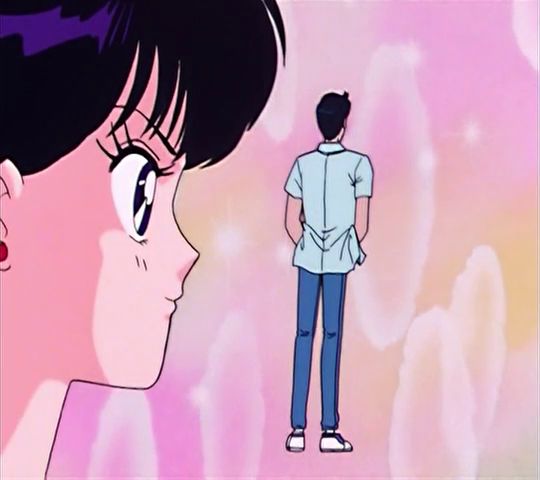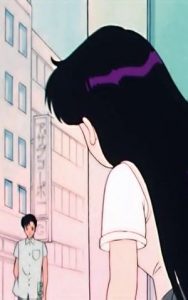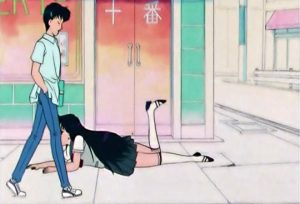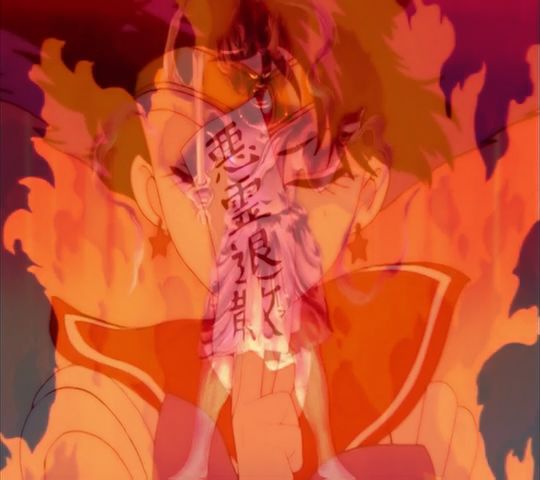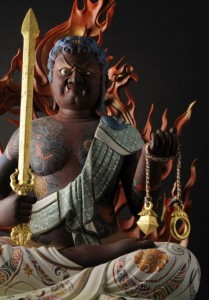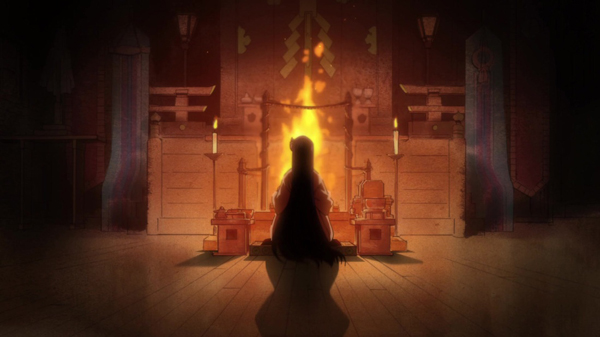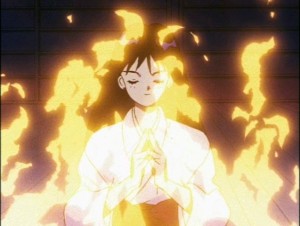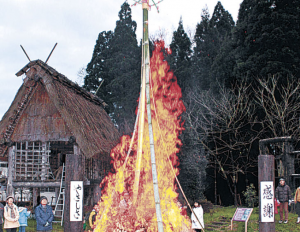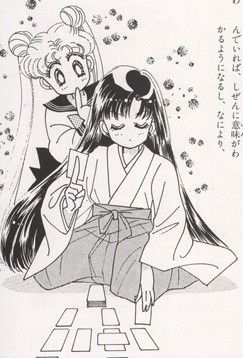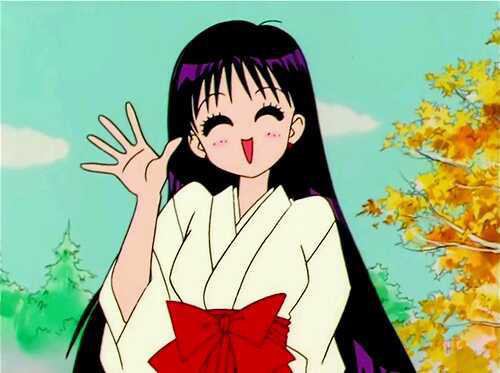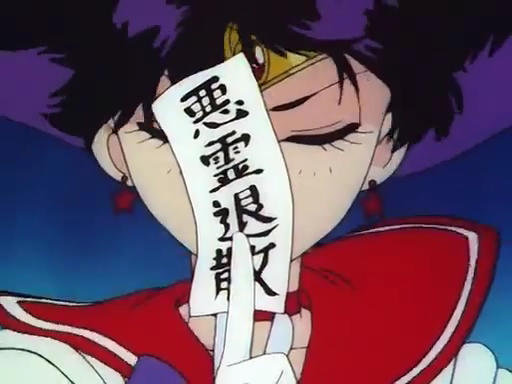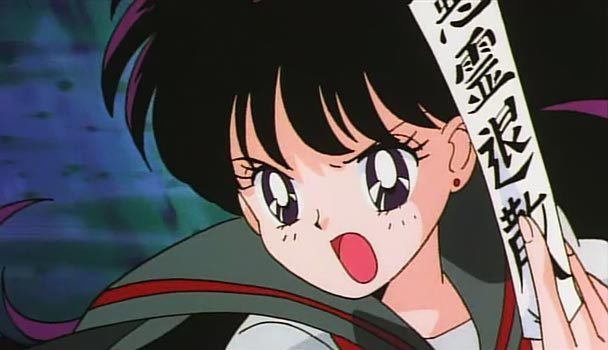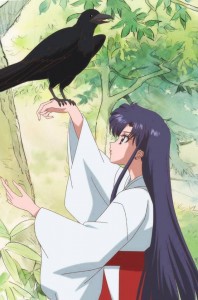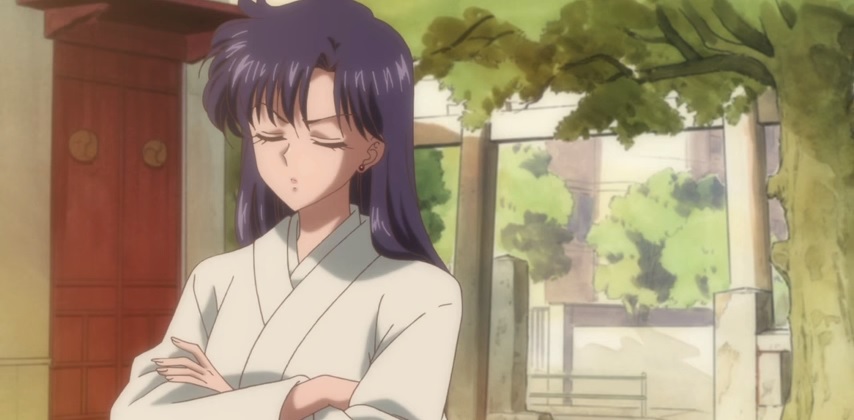While there are quite a few differences between Rei in the anime and the manga, one of the more striking differences between the two is the storyline where Rei and Mamoru briefly dated in the first season of the Sailor Moon anime. Though Mamoru himself was no stranger to differences between the two mediums, how it is that the cool, mysterious, and boy-hating1 (!) Rei from the manga went so far into the opposite direction and ended up pursuing Mamoru so aggressively is more than a bit out of character for her. So how did this wind up happening and what does this tell us about Rei’s character in the anime?
Rei’s reasons for pursuing Mamoru were actually pretty simple (some would say superficial, but I’m not one to judge). According to Rei:2
「ルックスがよくて、いい学校に行っていて、お金持ちだから」
“He’s attractive, going to a good school, and is rich.”
More than likely, this is in reference to what is known in Japanese as 三高 (sankou; the three highs): high salary, high-class education, and physical height.3 During the bubble economy4 – from the late 80’s to early 90’s – these attributes were said to be what was most valued by Japanese women when choosing a potential boyfriend or future husband. From Rei’s point of view, as the daughter of a politician and a student at an elite private school, it was only natural that Mamoru would make a good match for her. It’s possible, I suppose, that she could also sense Mamoru and Usagi’s budding feelings for each other and this was meant to be antagonistic, but that’s just speculation and I really don’t see Rei as that type of person.
Perhaps the greatest source of information on (anime) Rei’s outlook on love and romance comes from an interview5 with Michie Tomizawa, Iriya Azuma, and Sukehiro Tomita (Rei’s voice actress and Sailor Moon‘s producer and scenario writer, respectively). In it, the producer (Azuma) admits that Rei and Michie have the strongest resemblance between all of the voice actresses of their respective characters, and even that the animation staff often sit in on the post-recordings and take notes for how to evolve the characters.
Newtype: 「シリーズが進むうちに、レイちゃんと富沢さんの性格が接近してきたということですね。」
Azuma: 「ええ。スタッフも、アフレコなどでよく声優さんを観察していますから・・・あっ、似てきたといっても、富沢さんがイジワルだってわけじゃないですよ(笑)。」Newtype: “So Rei and Ms. Tomizawa’s personalities are getting more and more alike as the series progresses.”
Azuma: “That’s right. The staff is often watching the voice actresses during the post-recordings, you see. Well, it’s not like Ms. Tomizawa is ill-tempered or anything! (laugh)”
Later in the interview, Ms. Tomizawa discusses the brief relationship between Rei and Mamoru, describing it as Rei mistaking her feelings of admiration for Mamoru for romantic love. Even more interesting, and possibly even more relevant to Rei’s feelings towards love with regard to Yuichiro, Ms. Tomizawa describes herself as:
Tomizawa: 「 ・・・わたし、子供のころからずっとスポーツギャルで、仲のいい男の子の友達もいっぱいいたんですけど、好きになった人に対しては口もきけないようなタイプでした。」
Tomizawa: “… I’ve always been a sporty girl and have had lots of male friends ever since I was a child, but when it comes to people I liked, I couldn’t talk to them.”
This may help explain her completely different approaches toward her relationships with Mamoru and Yuichiro, wherein she directly pursues Mamoru but seems to interact with him more like a friend, particularly in the Sailor Moon R anime where she can occasionally be seen spending time together with Mamoru and ChibiUsa, while completely ignoring or even yelling at Yuichiro. Further discussion on her relationship with him, however, will have to wait for another time!
Whether you love or hate the way Rei differed in the anime and manga, she did serve as an interesting foil in the series to play against Usagi and even helped bring out some of Usagi’s feelings toward Mamoru prior to the big Tuxedo Mask reveal (something which fans often describe as happening too fast in the manga). It’s interesting to see that a lot of this actually came about from Ms. Tomizawa’s take on the character and how the production staff chose to adapt Rei’s personality to match the person providing her voice (both literally and figuratively)!
